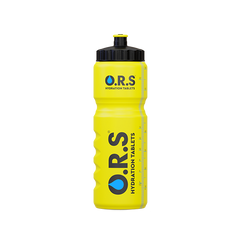How To Help Your Kids Cope With A Hot Holiday Destination

The prospect of flying off somewhere hot and sunny for a week or two is very exciting, especially as the summer here in the UK has turned out to be something of a damp squib. However, if you have young children, it’s important to make sure that they can cope with much higher temperatures than we are generally used to.
The recent heatwave in Europe reminds us that summer weather can bring very challenging conditions of the like that even the residents of Mediterranean countries are not used to. Children are more sensitive to the sun and heat than adults, so it’s important to make sure that they stay safe. Here are some important points to bear in mind.
Consider staying within the continent if you have under 5s
Travelling with very young children, especially on long haul flights can be uncomfortable for them and also difficult for you. Holidaying in a destination outside of your continent is also more risky for young children, because their immune systems are not fully developed.
Even if they have all the recommended vaccinations, there is still a risk that young children will catch a virus or have an episode of diarrhoea and vomiting. This can lead to dehydration, which can be particularly serious in a warmer climate. Therefore if you do decide to travel outside of your continent, pack some rehydration tablets as a precautionary measure.
Pack factor 50 suncream
Childrens’ skin is particularly delicate and susceptible to sunburn, so it’s essential to protect them from direct sun exposure at all times. Severe sunburn in children can have lifelong effects and may increase their risk of developing skin cancer in the future.
Babies should never be left in direct sunlight at all, and children under five should be kept in the shade during the hottest hours of the day between 11am and 3pm. All exposed areas of skin should be protected with sunblock that is reapplied every few hours or after they have been in contact with water.
Children should also be covered as much as possible with loose light clothing, sunglasses, and a wide brimmed hat.
Look out for the signs of dehydration
Children are more at risk of dehydration than adults in hot weather because their smaller size means that a larger proportion of their skin is available to lose sweat. They may also be less able to recognise thirst than adults, or too busy playing to stop and drink.
In a hotter climate, dehydration can soon develop into sunstroke, which is potentially very serious. The most obvious signs of dehydration include thirst, headaches, cracked lips, a dry mouth, difficulty concentrating, lethargy and dark urine.
Encourage your children to take sips of water at regular intervals rather than waiting until they complain of thirst, because this is a sign that they are already dehydrated. Avoid giving them sugary drinks, because sugar makes it harder for the body to absorb water. Instead add some flavour with a slice of fresh fruit or a few drops of juice.

